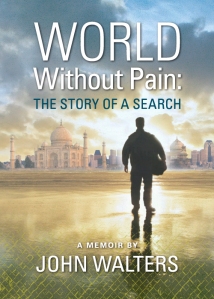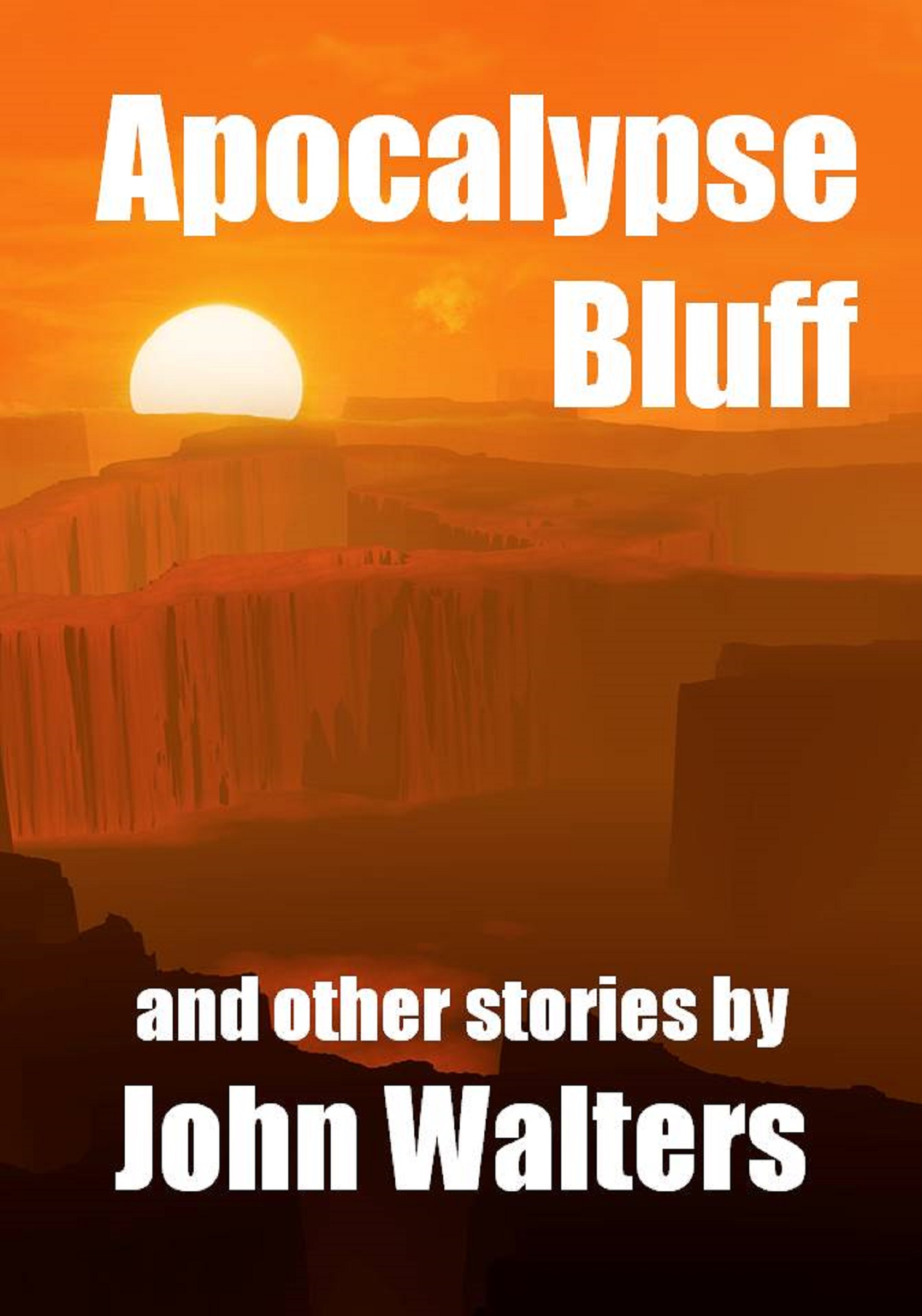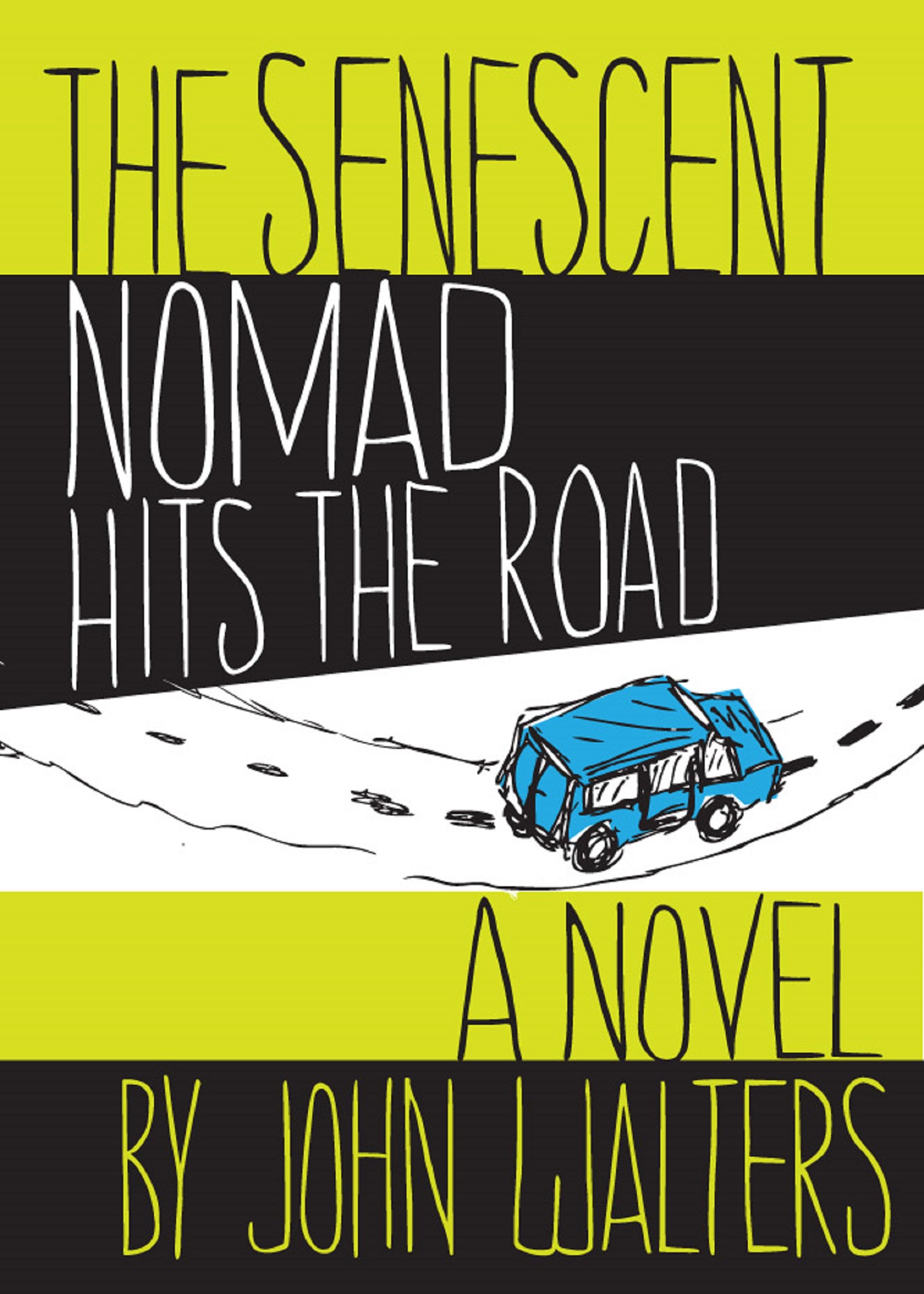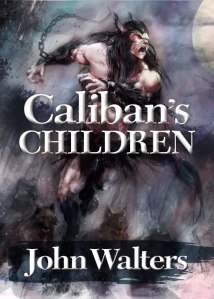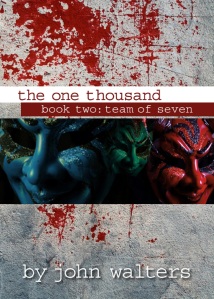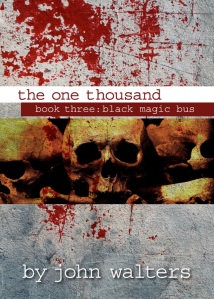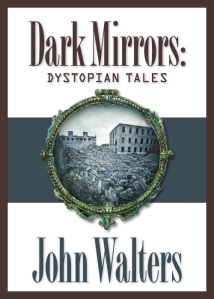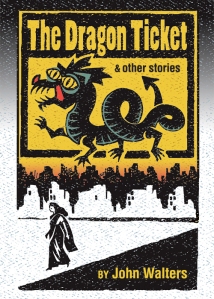You may have heard of a book called The Hero With a Thousand Faces by Joseph Campbell. You may have even heard that George Lucas drew heavily on Campbell’s theories when he was creating the story lines for Star Wars. I’m sure you must have also heard of the psychologist Carl G. Jung and his dream theories. Adapting these concepts to the writing and story editing of screenplays forms the basis of this book. The writer has been working on Hollywood productions, particularly for Disney and 20th Century Fox, for decades, and has a lot of insight into the process of creating workable screenplays. The first edition of this book was published in 1992, the second in 1998, and the third in 2007. Each time Vogler added material that he considered pertinent to his main theme.
The two sections that contain the core of the book focus on the archetypes of character and the stages of a hero’s journey. These are the parts that are invaluable not only for screenwriters, but also for novelists, short story writers, playwrights, and anyone else who deals with fictional stories. The appendices that were added on in the last third or so of the book do not carry the same weight, and you can take or leave them.
Vogler begins with an examination of the archetypes of character. This section was so fascinating for me that I started taking page after page of notes. I couldn’t help it. I felt like a kid in college. There was so much to read and absorb and I didn’t want to miss anything. Near the end of the section I stopped, realizing that it would be much easier to simply buy a copy of the book for myself (I had borrowed it from the library) than to write a whole booklet of notes.
According to Vogler (and Campbell) the eight archetypes of story character include hero, mentor, threshold guardian, herald, shapeshifter, shadow, ally, and trickster. It’s fairly obvious how these various types work in science fiction, fantasy, and adventure films, but Vogler also gives examples of how these principles apply in dramas, romances, and comedies. He clarifies that in various stages of a story characters may switch from archetype to archetype or display characteristics of more than one archetype at a time. These outlines are not strict rules that writers must abide by, but rather ideas that illustrate how stories draw from common elements in the mythic wells of world culture.
In the next section on the hero’s journey, Vogler again emphasizes that these stages can be mixed, eliminated, or used out of order. These guidelines serve the writer, not vice-versa. The stages of a hero’s journey include the ordinary world, the call to adventure, refusal of the call, meeting with the mentor, crossing the first threshold, tests and allies and enemies, approach to the inmost cave, ordeal, reward, the road back, resurrection, and return with the elixir. Obviously I cannot go into a description of every detail. If you’re a writer, read the book. And if you’re not a writer but simply someone who loves story, read the book.
I want to emphasize that Vogler clarifies that these outlines are not meant to constitute a formula for story, but rather as guidelines to help you along the writer’s journey, which is a form of the hero’s journey.
As for the rest of the book, some of it is interesting, and some of it not so much. There is one fascinating section in which Vogler uses the archetypes and stages of the journey to explain several popular movies such as Titanic, The Lion King, Pulp Fiction, The Full Monty, and Star Wars. Of particular interest is how he explains the mythic structure and characters in Pulp Fiction. Other parts of the appendixes such as the analyses of polarities and catharsis read more like college lectures: slow going compared to the rest of the book.
But never mind all that. Writers, read this book for the presentation of the archetypes and the stages of the hero’s journey. Take out of it what seems valuable to you, and then proceed to break any of the rules or guidelines that you see fit. It’s still good to be aware of the patterns before you lay waste to them.


